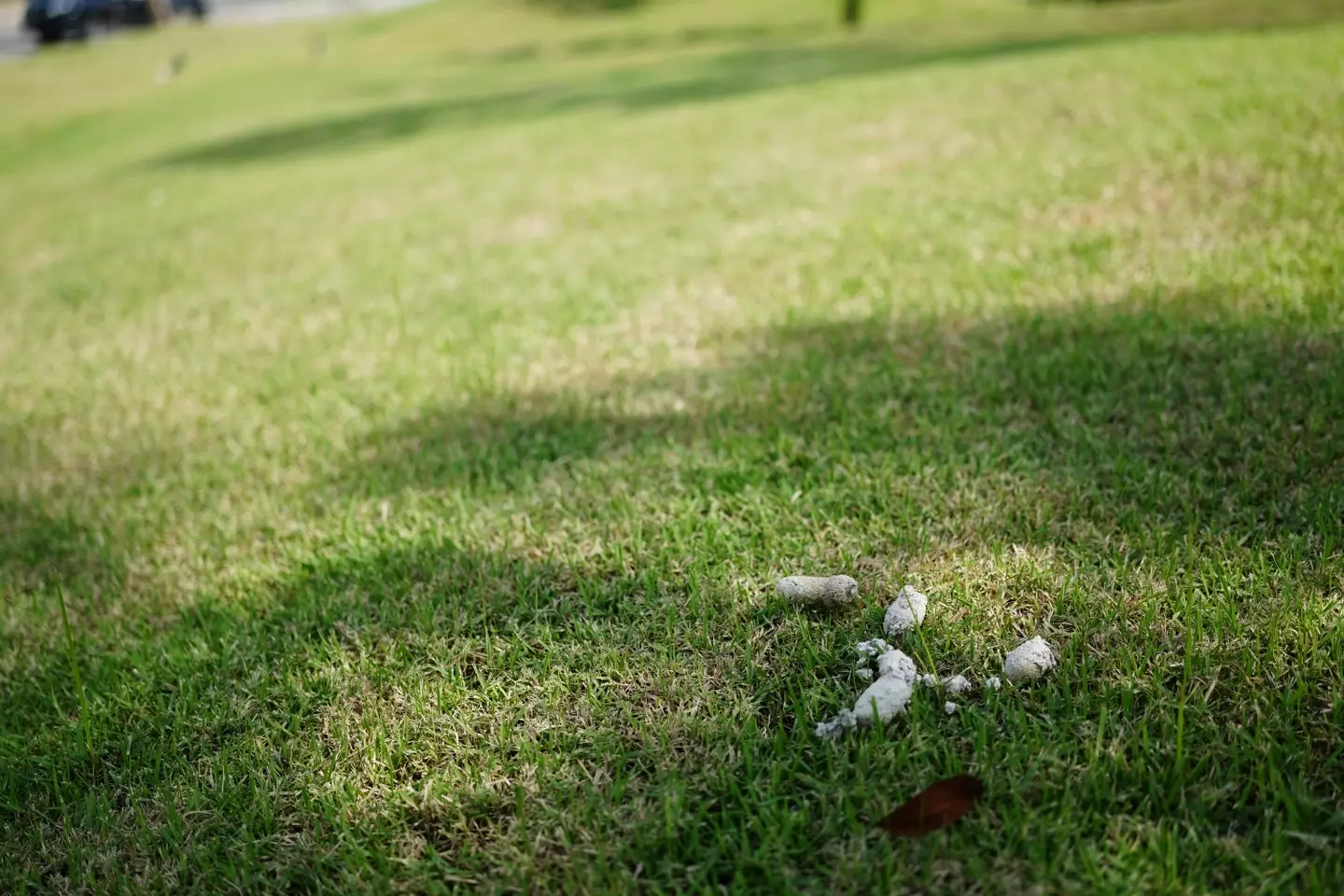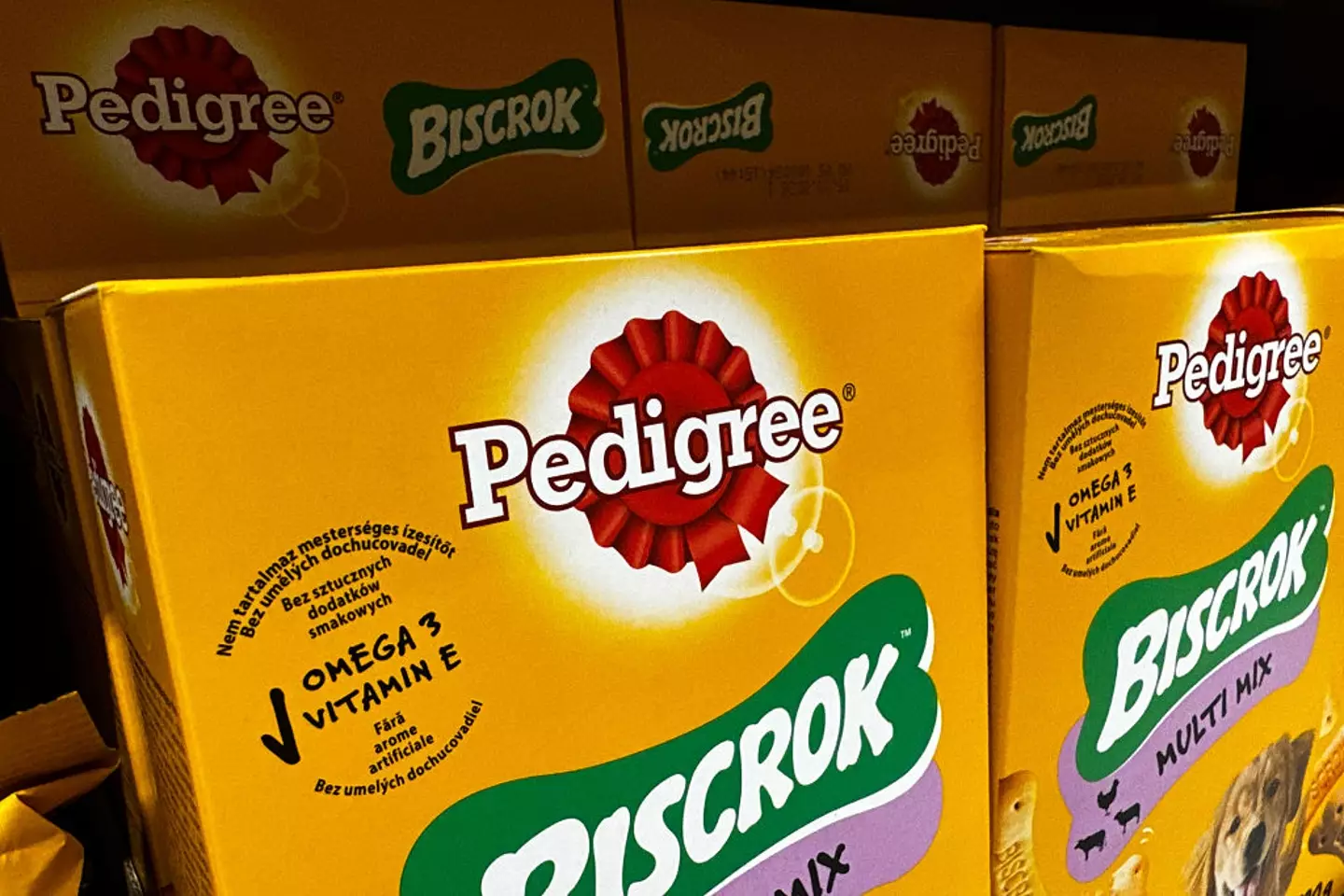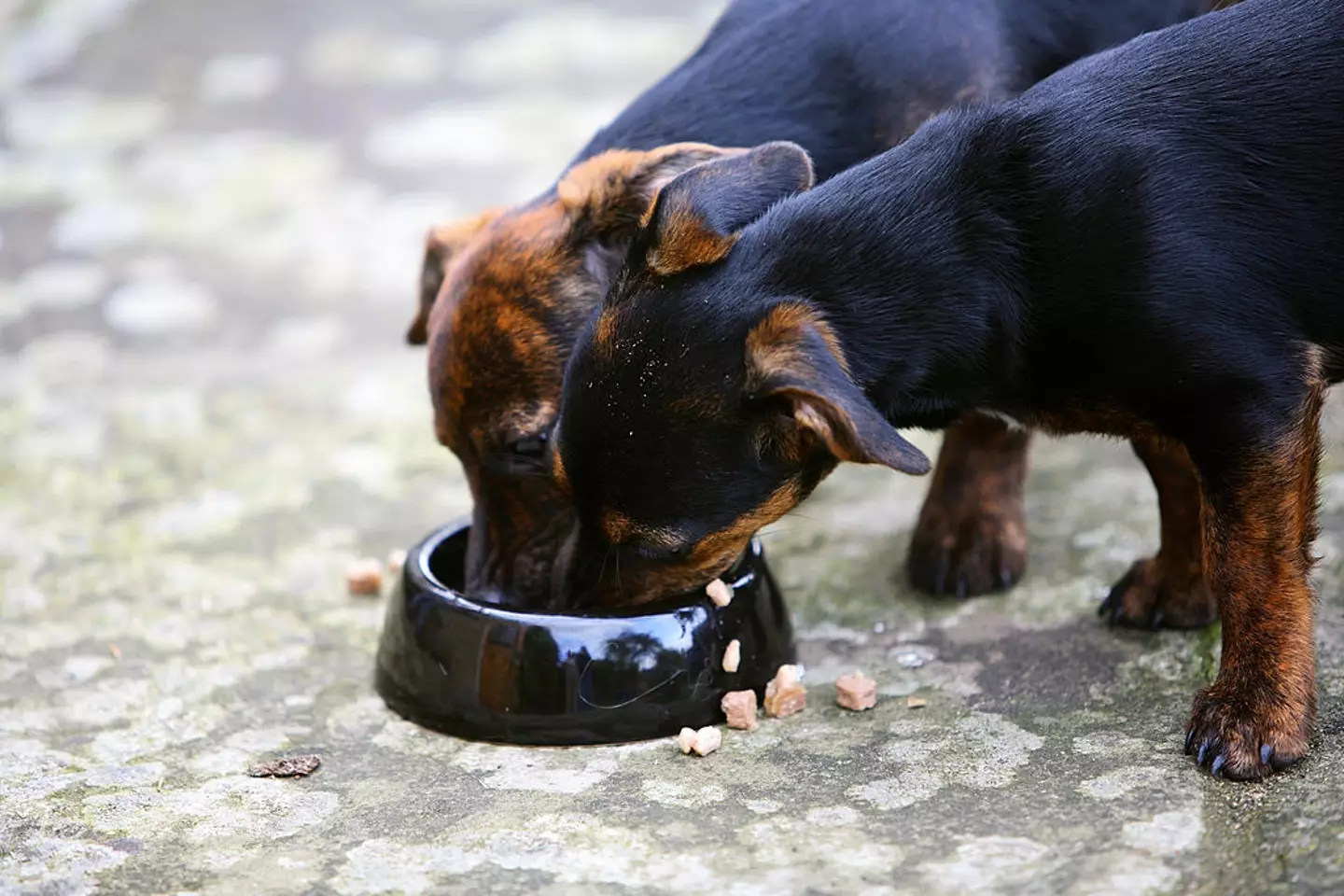
If you grew up in the 80s or 90s, you’ll probably remember the strange, chalky white piles of dog poo left on pavements, parks and gardens. For many, it was just another everyday sight, like bright orange street lamps or telephone boxes that actually worked.
Then, almost overnight, they disappeared. Younger generations might think it’s some kind of urban myth, but anyone who’s been around long enough knows it was very real. So, it’s more than easy to wonder what’s changed.

The strange thing about those pale turds was that they didn’t usually start out white. Dogs would leave behind something that looked fairly normal, but after a bit of time baking in the sun, it transformed into something powdery and pale. That odd transformation was down to what went into dog food at the time, and more importantly, what doesn’t go into it anymore.
Advert
Once upon a time, commercial dog food was bulked out with a lot of calcium-rich meat and bone meal. The mineral is good for dogs in small amounts, but as with many things, too much isn’t ideal. This is just like humans who take excessive vitamin supplements and end up, essentially, resulting in pricey urine, as we’d eventually vent that unnecessary excess out of our systems as waste.

The same way of thinking applies to dogs, as they simply couldn’t use all that extra calcium. They absorbed what they needed, and the rest got pushed out the other end.
Here’s where the sun came in. When those droppings were left outside, the water evaporated and the calcium that was left behind hardened, creating that bright white coating. What you saw on the pavement wasn’t fresh waste at all, but the result of mineral residue drying out in the open air.
Advert
With all that, the reason you don’t see that said white dog poo anymore comes down to the fact that pet food has changed. Over the years, research showed that stuffing dog meals with cheap bone meal wasn’t the healthiest choice.
Manufacturers adapted, recipes became more balanced, and dogs stopped producing the kind of calcium-rich waste that could turn white in the sun. Now, if you leave it out, it still looks like, well, ‘standard’ dog poo.

Of course, there are still occasions when pale stools can appear, and they’re not always harmless. A dog consuming too much calcium could still pass it in their waste, but it can also be a sign of something more serious.
Advert
For instance, pale dog stools may be a symptom of gallbladder problems, due to the digestive system not having enough bilirubin being secreted into it; funnily enough, the exact same thing can happen to humans. If you ever notice your pet’s bowel movements looking out of the ordinary, it’s usually ideal to get them checked by a vet.
So, the mystery of the vanished white dog poo isn’t as strange as it seemed. It wasn’t magic, and it wasn’t down to changing weather or cleaner streets. It was simply that what went into dog food changed, and with it, one of the oddest little quirks of everyday life quietly faded away.
